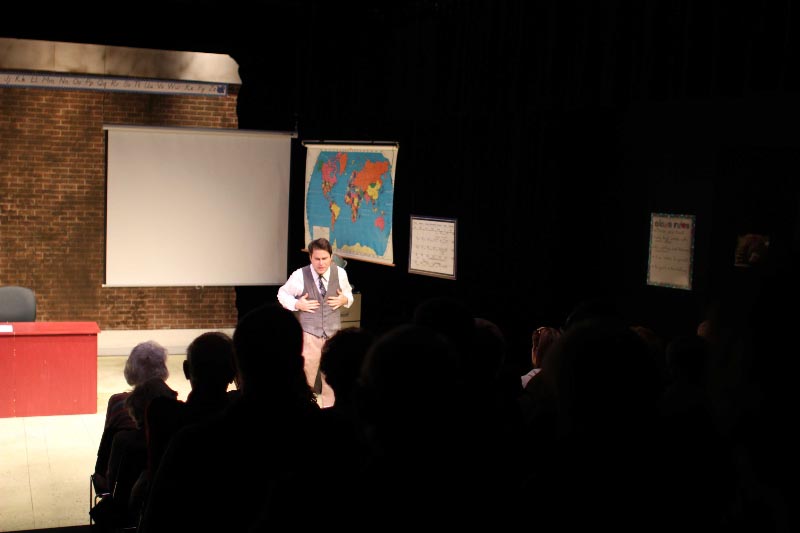Column: Insights from a witness to history
July 16, 2015
We will call them monumental moments – mainly because I am an alliteration aficionado.
My first monumental moment is actually my life’s first memory: I was about four years old vacationing with my family at SeaWorld in San Antonio, Texas. The grandeur of the huge killer whales engrained a picture in my mind that I will take with me to my grave.
I have had a few of these rare moments – pure ecstasy, but also feelings of mystification because of that which was previously unknown – and I wouldn’t trade them for anything.
My most recent moment was a few weeks ago when I found myself standing approximately one block east of the United States Capitol building.
Granted, I had been a Congressional Intern in D.C. for about four weeks at this point, but the uniqueness of this moment transcended all others because of one thing: Obergefell v. Hodges.
Not only was I perusing a place I had only previously seen on shows such as “The West Wing” and “House of Cards,” but I was also absorbing the atmosphere the very same day the Supreme Court drove a spike into the vampire of American bigotry – from that day on, no matter what the Texas Attorney General says, state governments could not deny anyone the right to marry based on sexual orientation.
I was standing between three daunting buildings: the Capitol, the Library of Congress and the Supreme Court. As I made my way over to the site of the recently announced ruling, I could tell that something big was happening.
All of the roads within a few blocks of the Court were closed – something that usually happens only when a shooter attempts to enter a building or an unmanned drone flies overhead. That day was special and everyone, from tourists to Senators, knew it.
Ultimately, I was able to navigate my way through protestors who were either shouting antediluvian phrases from Leviticus or, ironically, donning the colors of the rainbow – God’s promise never again to flood the whole Earth.
Whether one was blissful or livid that day, I did not take note. It was all part of the experience of witnessing history at a magnitude I may never again experience. I saw acceptance overcome bigotry, and ultimately, love overcome hate.
Once I was finally able to understand the gravity of that situation, I stepped back and simply watched everything for about twenty minutes. With national news cameras to my left, the Capitol behind me, and police all around, swarming like vultures, the situation was tense but concurrently soothing.
That day represented all that is great with this country, i.e., the one-man minority standing up for his beliefs – refusing to let anyone oppress him. Willing to stand in front of the Supreme Court and shout even when no one takes him seriously, this man opined about all the wrongs he believes exist in this country. To me, that is great.
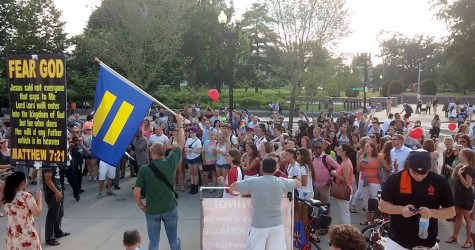
Protestors for and against gay marriage stand outside the Capitol Building in Washington, D.C. June 26 when the Supreme Court voted to grant same-sex couples the right to marry in any state.
That night, after I had pondered my monumental moment, I posted the above picture on Facebook, with a caption I believe still rings true:
“Just some of the many protesters at the Supreme Court today. I stood there watching for probably 20 minutes while they yelled back and forth. Just so you all know, that doesn’t really help anything. Sit down and talk with those whom you disagree with; that works much better.”
Jack Cruikshank is a junior political science major. He can be reached at 581-2812 or jdcruikshank@eiu.edu.

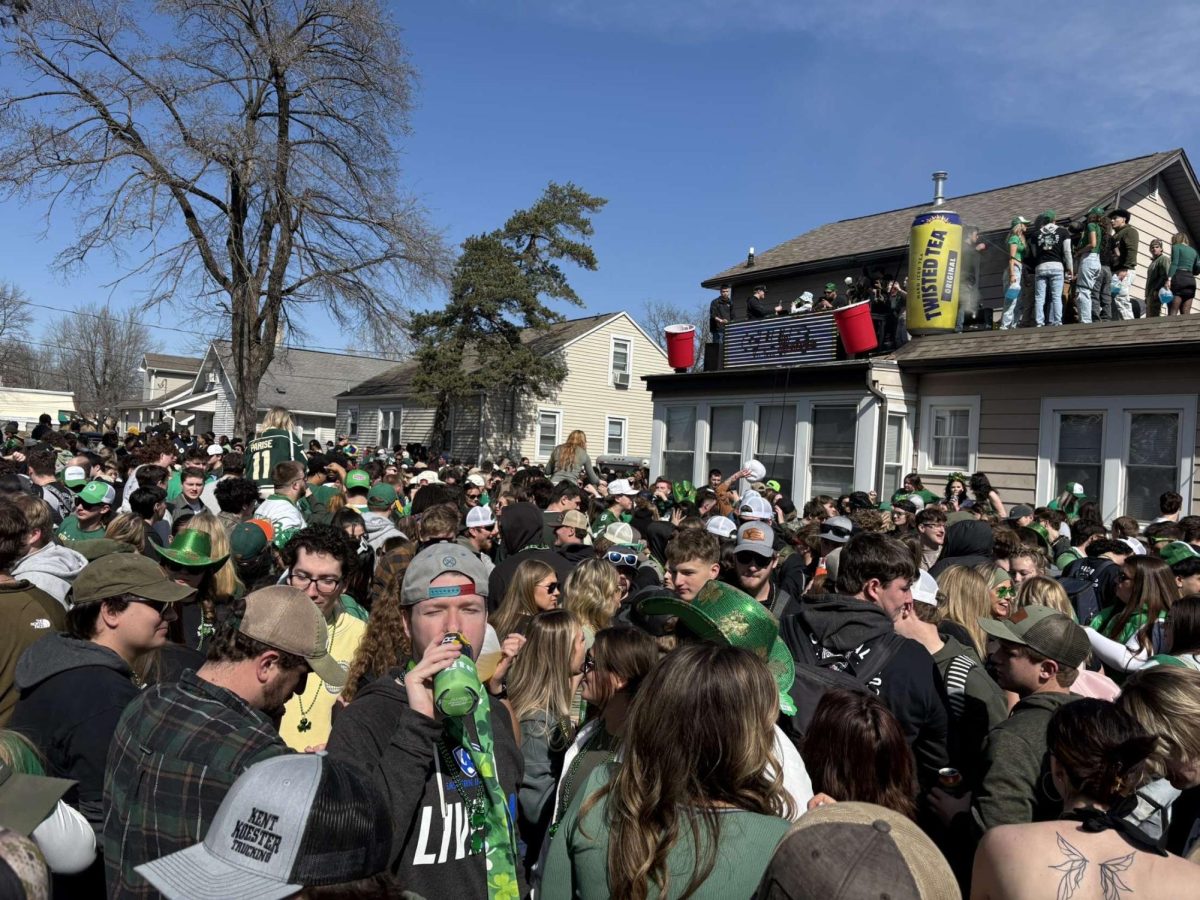

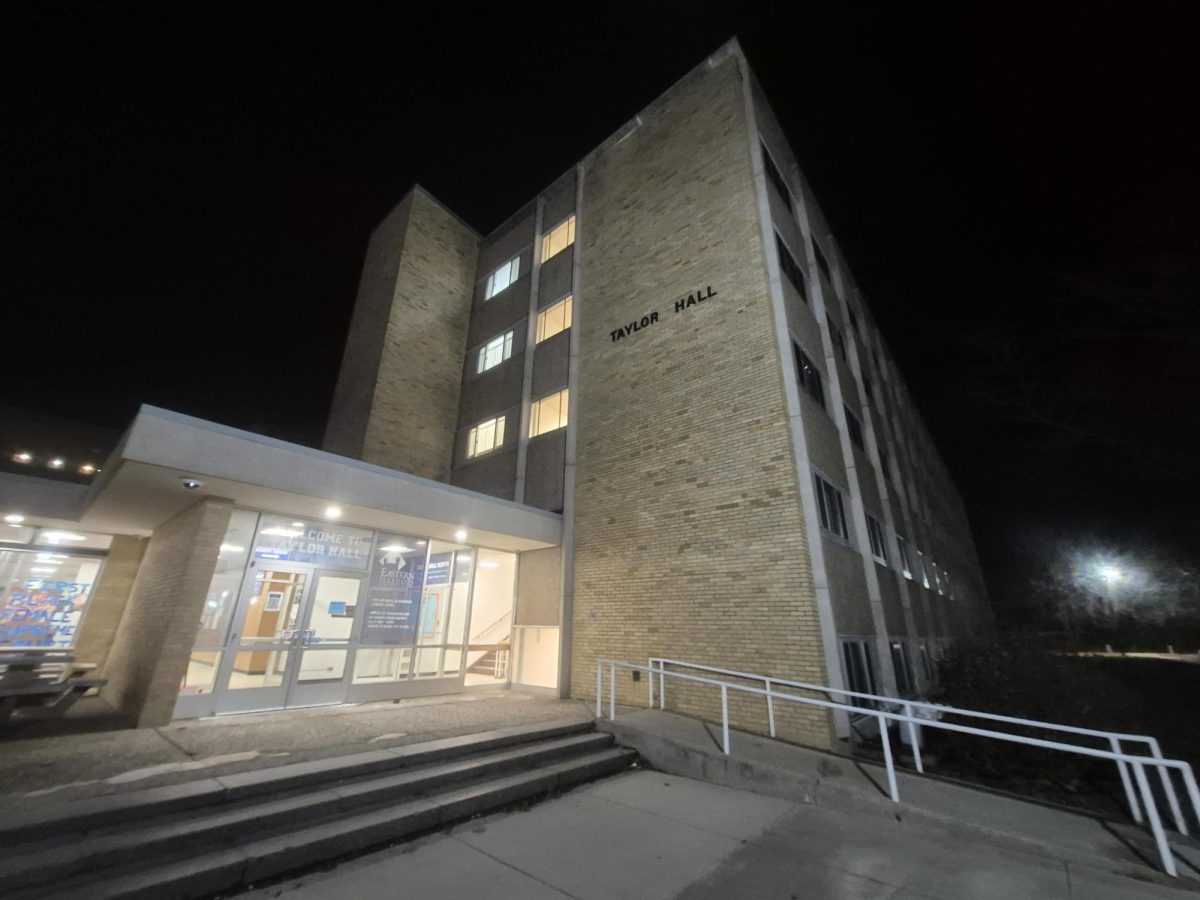
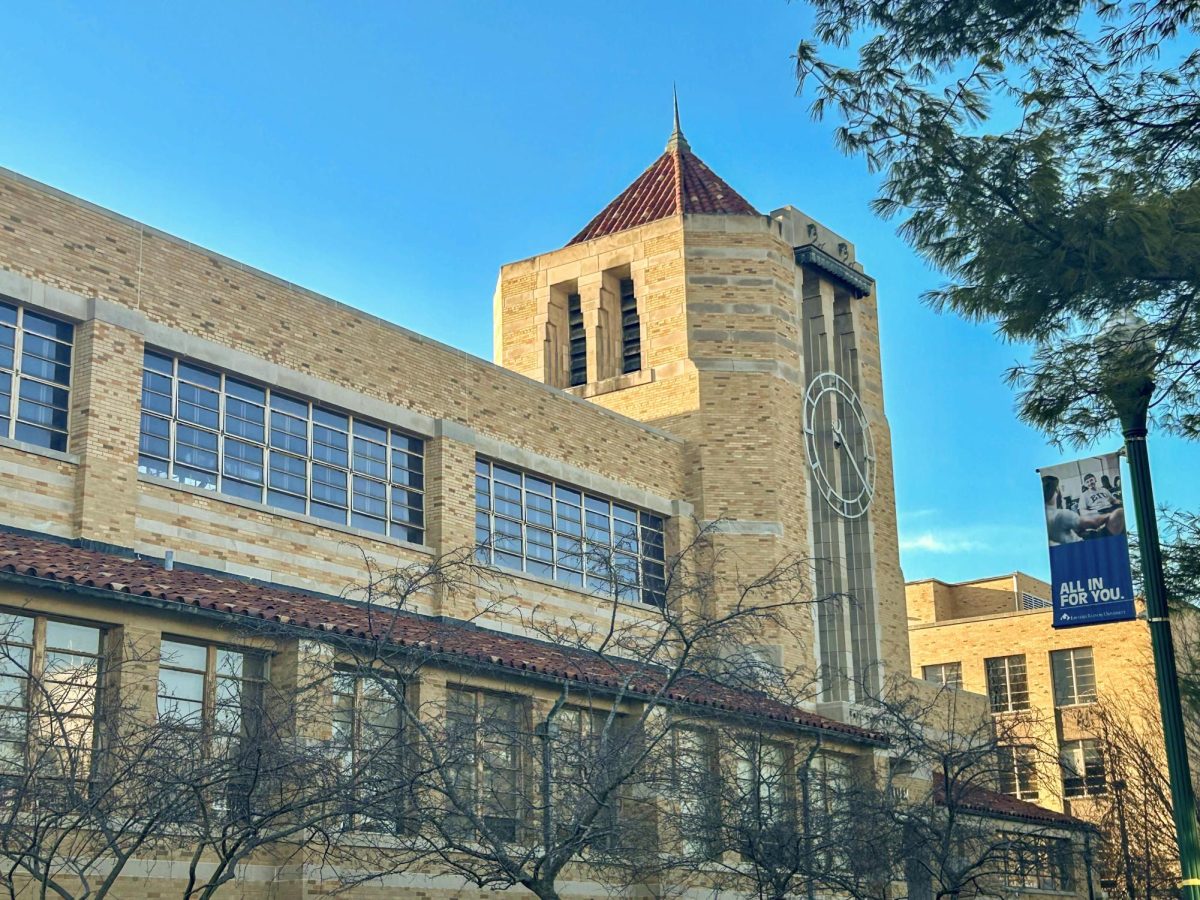
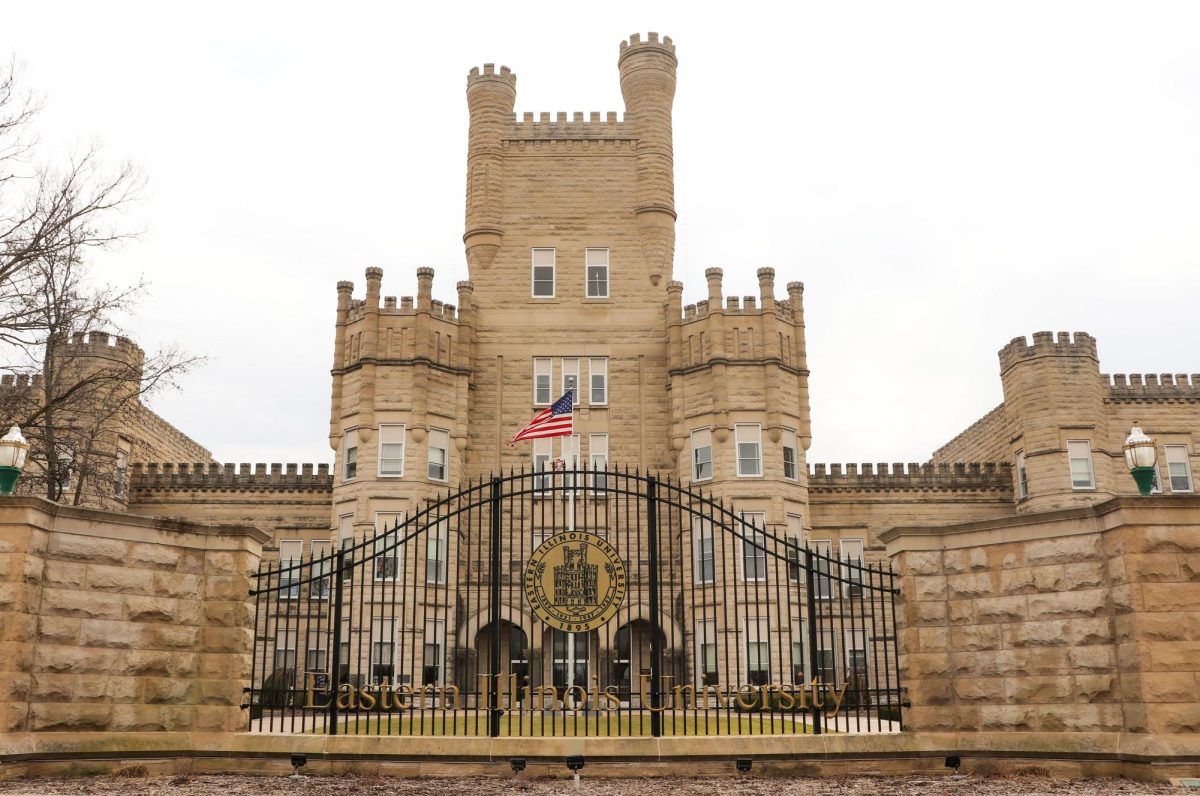
![[Thumbnail Edition] Eastern Illinois University baseball's hitting coach and recruiting coordinator Mike Pugliese urges players on the team to increase their effort after a slow start to its pregame routine at the team's first intrasquad scrimmage of the season at O'Brien Field on Jan. 31, 2025.](https://www.dailyeasternnews.com/wp-content/uploads/2025/03/BB_02_O-1-e1741909628540-1200x702.jpg)
![[Thumbnail Edition] Senior tennis player Luisa Renovales Salazar hits the tennis ball with her racket at the Darling Courts at the Eastern Illinois University campus in Charleston, ILL.](https://www.dailyeasternnews.com/wp-content/uploads/2025/03/Tennis_01_O-1-e1741807434552-1200x670.jpg)


![[Thumbnail Edition] Senior right-handed pitcher Tyler Conklin pitching in the Eastern Illinois University baseball team's intrasquad scrimmage at O'Brien Field in Charleston, Illinois on Jan. 31.](https://www.dailyeasternnews.com/wp-content/uploads/2025/03/TC_01_O-e1741567955534-1200x669.jpg)

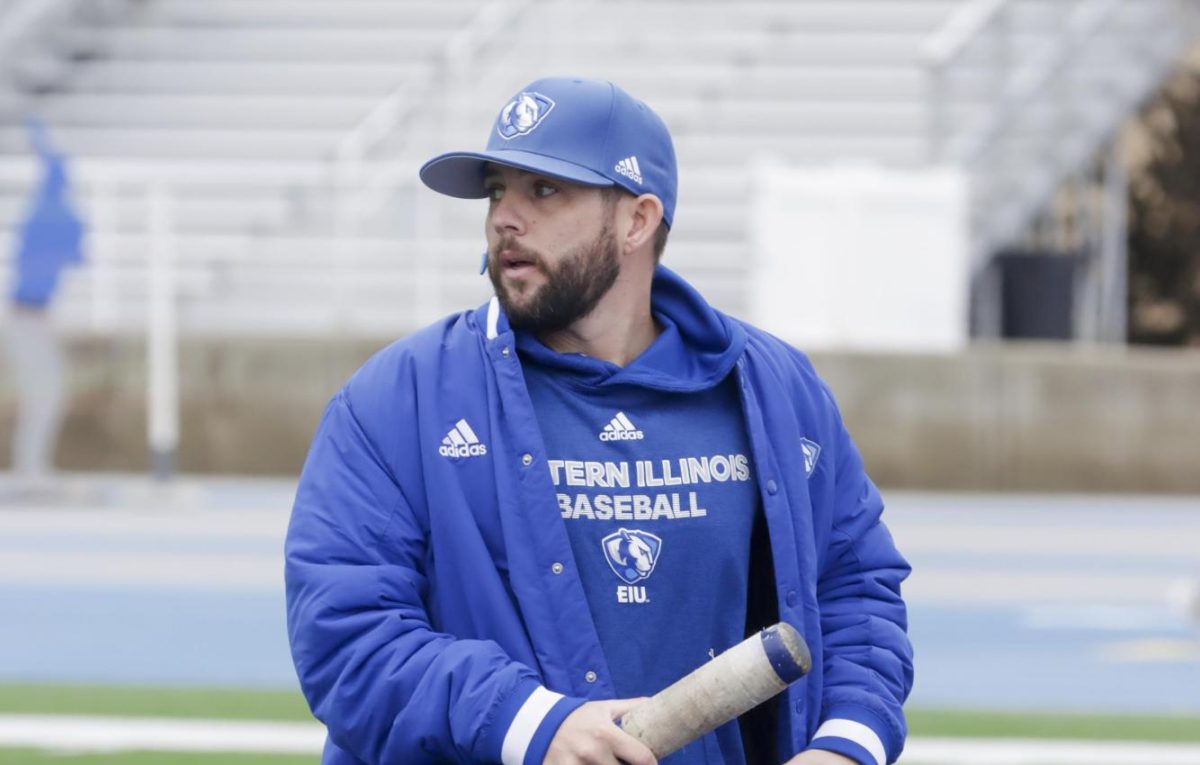



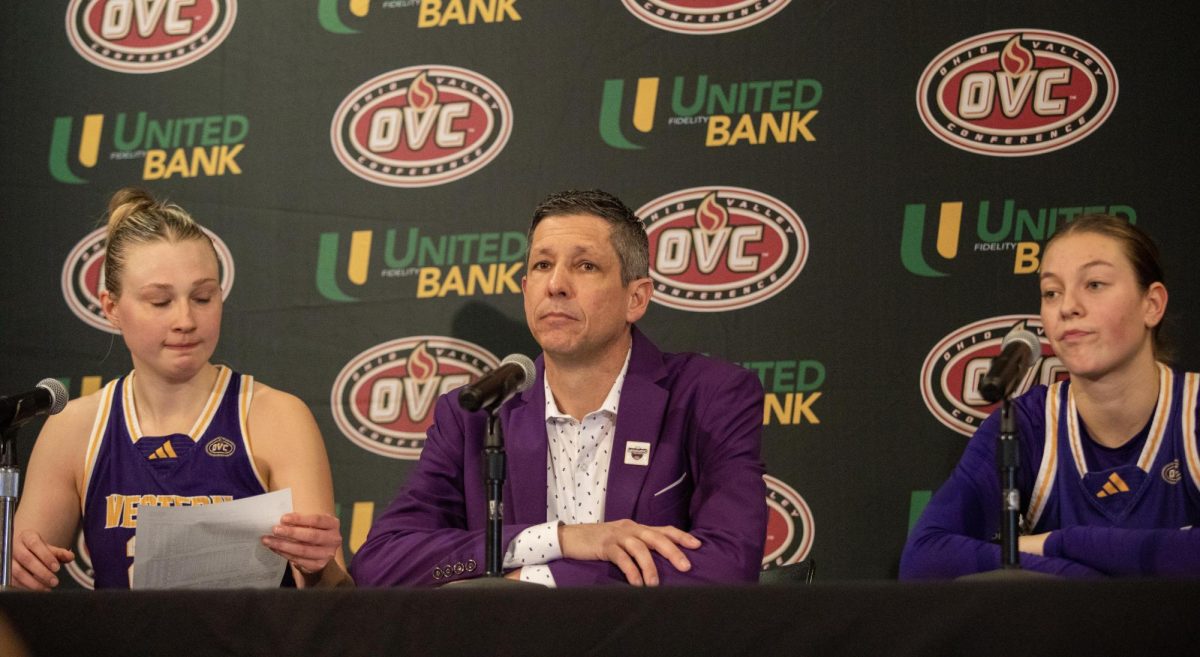
![[Thumbnail Edition] Senior, forward Macy McGlone finds an open teammate to pass the ball too during the game against the Tennessee State Tigers 69-49, in Groniger Arena on the Eastern Illinois University campus, Charleston Ill.](https://www.dailyeasternnews.com/wp-content/uploads/2025/03/WBB_02_O-1-e1741228987440-1200x692.jpg)


















![E[Thumbnail Edition] Eastern Illinois softball freshman utility player Abbi Hatton deciding to throw the softball to home plate in a fielding drill during softball practice at the field house in Groniger arena on Tuesday Feb. 11.](https://www.dailyeasternnews.com/wp-content/uploads/2025/03/SB_03_O-e1741208880750-1-e1741209739187-1200x815.jpg)

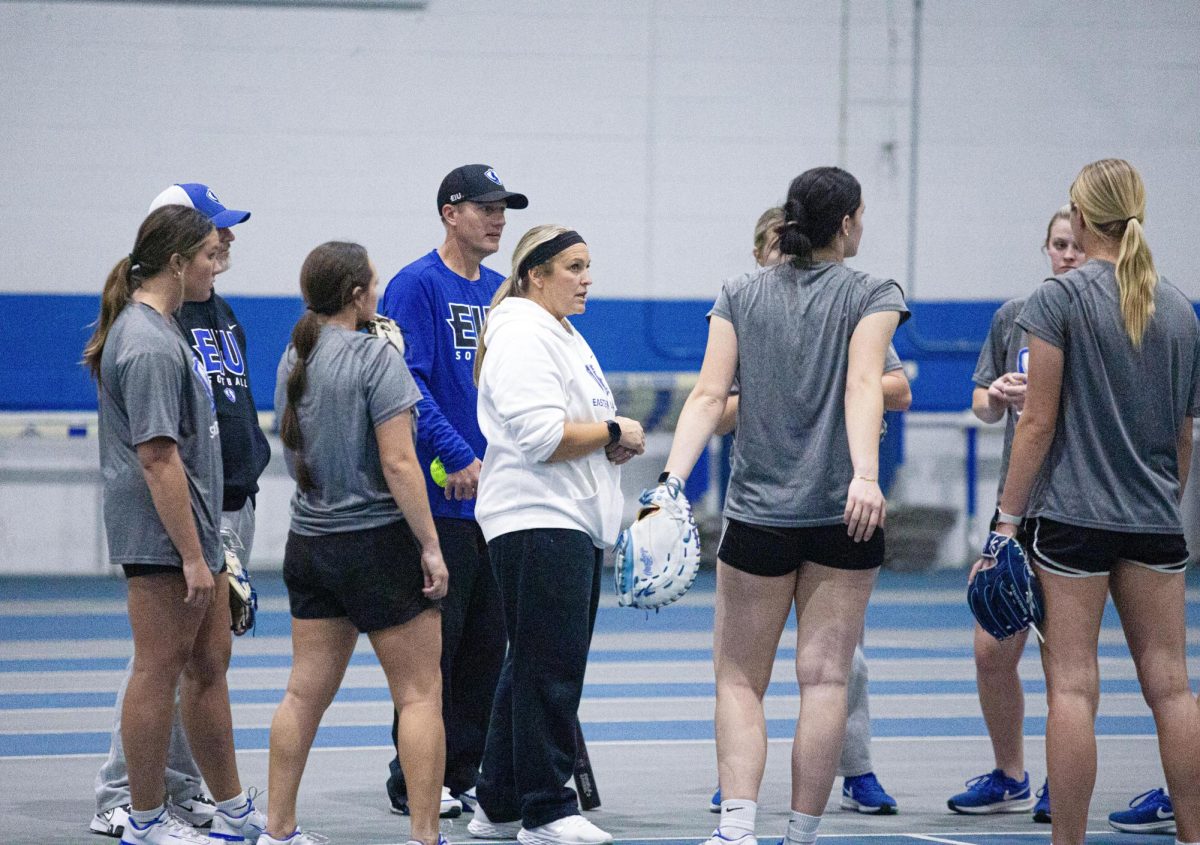
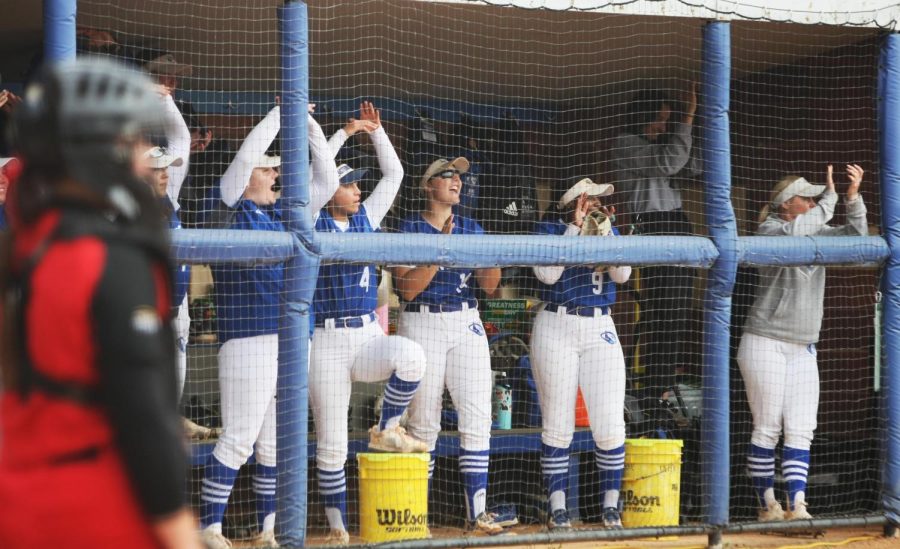













![The Weeklings lead guitarist John Merjave [Left] and guitarist Bob Burger [Right] perform "I Am the Walrus" at The Weeklings Beatles Bash concert in the Dvorak Concert Hall on Saturday.](https://www.dailyeasternnews.com/wp-content/uploads/2025/03/WL_01_O-1200x900.jpg)
![The team listens as its captain Patience Cox [Number 25] lectures to them about what's appropriate to talk about through practice during "The Wolves" on Thursday, March 6, in the Black Box Theatre in the Doudna Fine Arts Center in Charleston, Ill.](https://www.dailyeasternnews.com/wp-content/uploads/2025/03/WolvesPre-12-1200x800.jpg)


